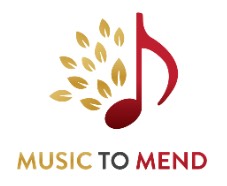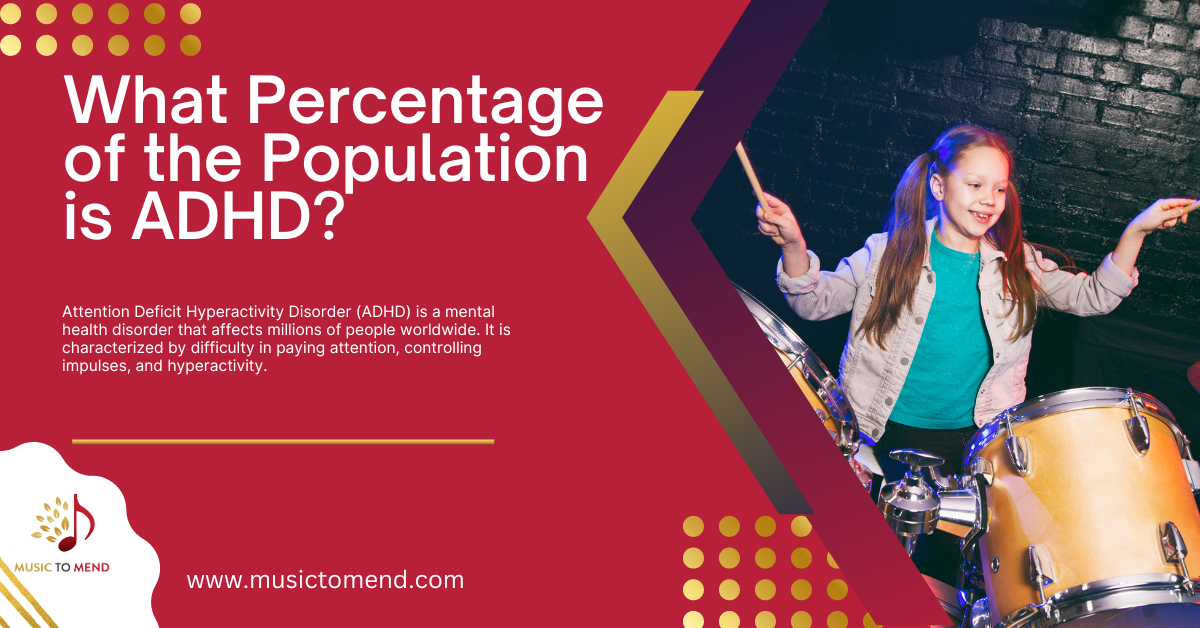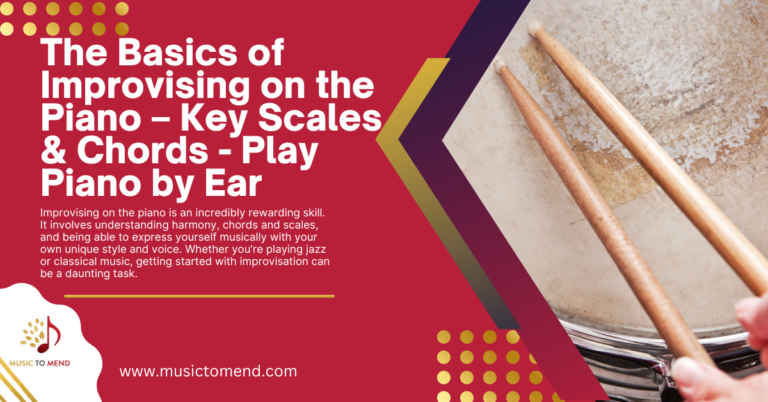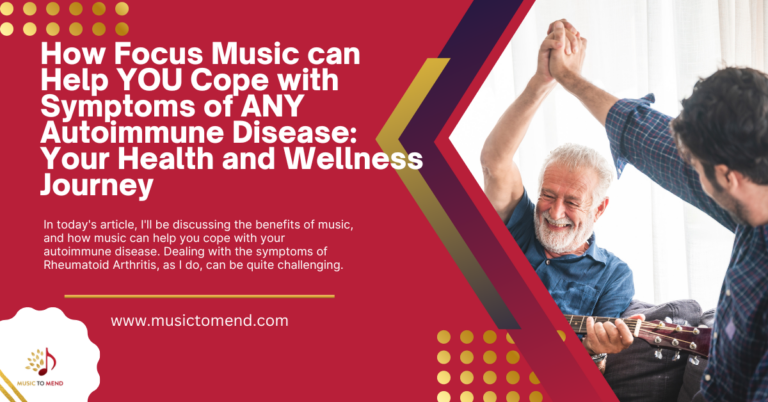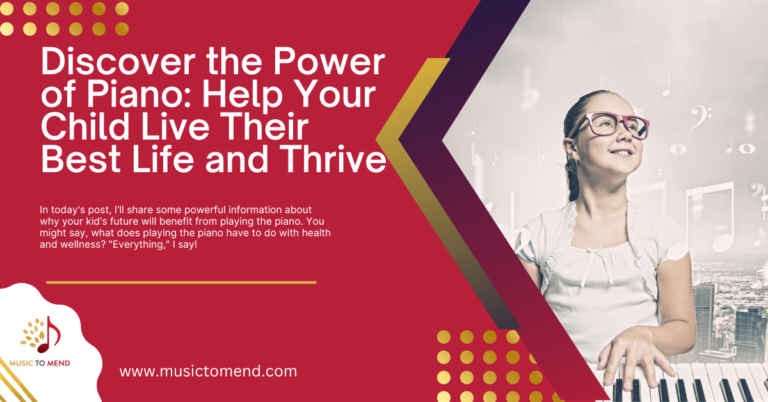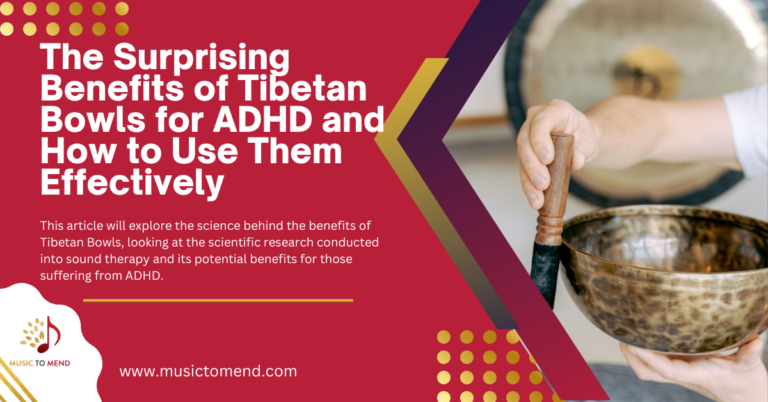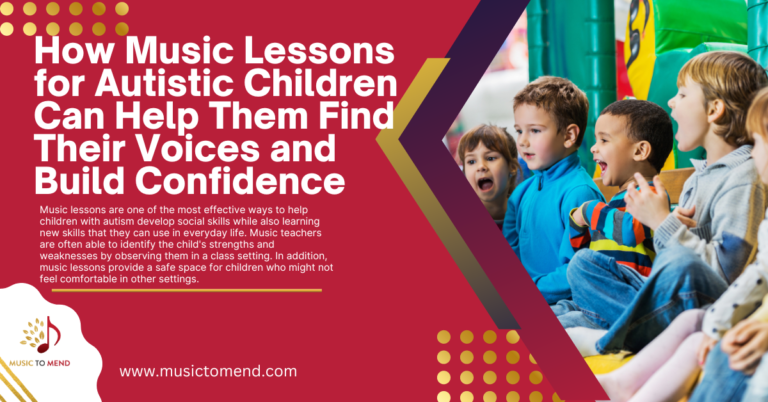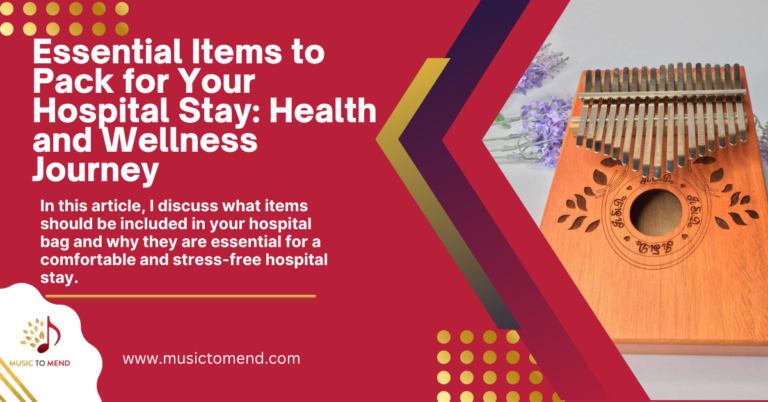What percentage of the population is ADHD?
Understanding ADHD – What Does It Mean and Who Does It Affect?
Attention Deficit Hyperactivity Disorder (ADHD) is a mental health disorder that affects millions of people worldwide. It is characterized by difficulty in paying attention, controlling impulses, and hyperactivity. ADHD can cause significant impairment in academic, social, and occupational functioning. It can also have a negative impact on relationships with family members and peers.

The prevalence of ADHD varies across the world but it is estimated that around 5-7% of school-aged children are affected by it. Additionally, the rate of diagnosis has been increasing over the past few decades. The exact cause of ADHD is still unknown but research suggests that genetics play an important role in its development.
According to the CDC, the estimated number of children aged 3–17 years ever diagnosed with ADHD, according to a national survey of parents,1 is 6 million (9.8%) using data from 2016-2019. This number includes:
- 3–5 years: 265,000 (2%)
- 6–11 years 2.4 million (10%)
- 12–17 years: 3.3 million (13%)
How common is ADHD now?
Attention Deficit Hyperactivity Disorder (ADHD) is a common mental health disorder that affects people of all ages. It is estimated that around 6.1 million children between the ages of 4 and 17 have been diagnosed with ADHD in the United States. Additionally, it has been found that around 4% of adults have ADHD, making it one of the most commonly diagnosed mental health disorders among adults.
How to Diagnose and Treat ADHD
Attention ADHD is a mental disorder that can affect both adults and children. Its symptoms include an inability to concentrate, excessive levels of activity, and impulsive behavior. Diagnosing this condition may be challenging because its signs could be confused with those of other illnesses such as depression or anxiety.
In order to diagnose ADHD, a medical professional will typically conduct a physical exam and review the patient’s medical history. They may also administer psychological tests and questionnaires to assess the patient’s behavior and functioning. Once diagnosed, treatment for ADHD typically involves medication, psychotherapy, musical goals, and intervention, or a combination of these approaches. With proper diagnosis and treatment, individuals with ADHD can lead successful lives.
How Those with ADHD Benefit from Musical Goals and Intervention
Music has long been known to be a beneficial tool for those with Attention Deficit Hyperactivity Disorder (ADHD). It can help with focus and attention, as well as improve creativity. Listening to music can provide a calming effect and help people with ADHD stay on task. It can also be used to set musical goals that can help improve attention span and creative activities. Children with ADHD who were exposed to music had improved attention span, increased creativity, and decreased impulsivity on a variety of measures. Specifically, it was found that the music was effective in increasing attentional awareness. This is when individuals consciously experience stimuli without being distracted from them and can become more creative. This could be beneficial for those with ADHD as they have difficulty filtering out information which can lead to impulsive behavior. Although there is not a lot of research on the effect of the patch on those with ADHD, it could be that the effects are similar among those with ADHD as those without. There is one study that found that there was a decrease in impulsivity among people who took modafinil compared to their counterparts who didn’t take it. However, this study was done with healthy college students and not people with ADHD, so it’s not clear if there would be any differences between the two groups for a person with ADHD.
What Are the Benefits of Learning an Instrument When It Comes To Improving Concentration & Productivity?
Learning an instrument can have a positive impact on your concentration and productivity. It can help improve your focus by providing an outlet for creative expression and allowing you to practice mindfulness. Additionally, learning an instrument can help you develop problem-solving skills, increase your self-confidence, and give you a sense of accomplishment. Furthermore, playing music has been shown to reduce stress levels and improve overall mental health. By learning an instrument, you can increase your concentration and productivity while also enjoying the many other benefits that come with it.
Which musical instrument helps in concentration?
Playing the piano is an incredibly effective way to boost your concentration and focus. Studies have shown that playing the piano can stimulate your brain and increase cognitive functioning, leading to improved concentration and focus. Playing the piano improves concentration and focus in both children and adults.
Listening to focus music can help you stay focused and motivated while studying or working. One of the most common and effective ways to improve concentration and focus is through the use of ‘focus music.’ This type of music is usually instrumental, has a soothing, calming effect on your brain, helps you to remain focused for longer periods of time, and can boost your mood. It contains many different characteristics that research studies have found correlate with an improved focus, such as slower tempos (for example, less than 100 bpm), low repetition rates (fewer than thirty notes per second), low complexity levels, and melodic patterns that follow chord progressions. Some of the most popular types of music in this category are ambient, classical, jazz, new age, and techno.
